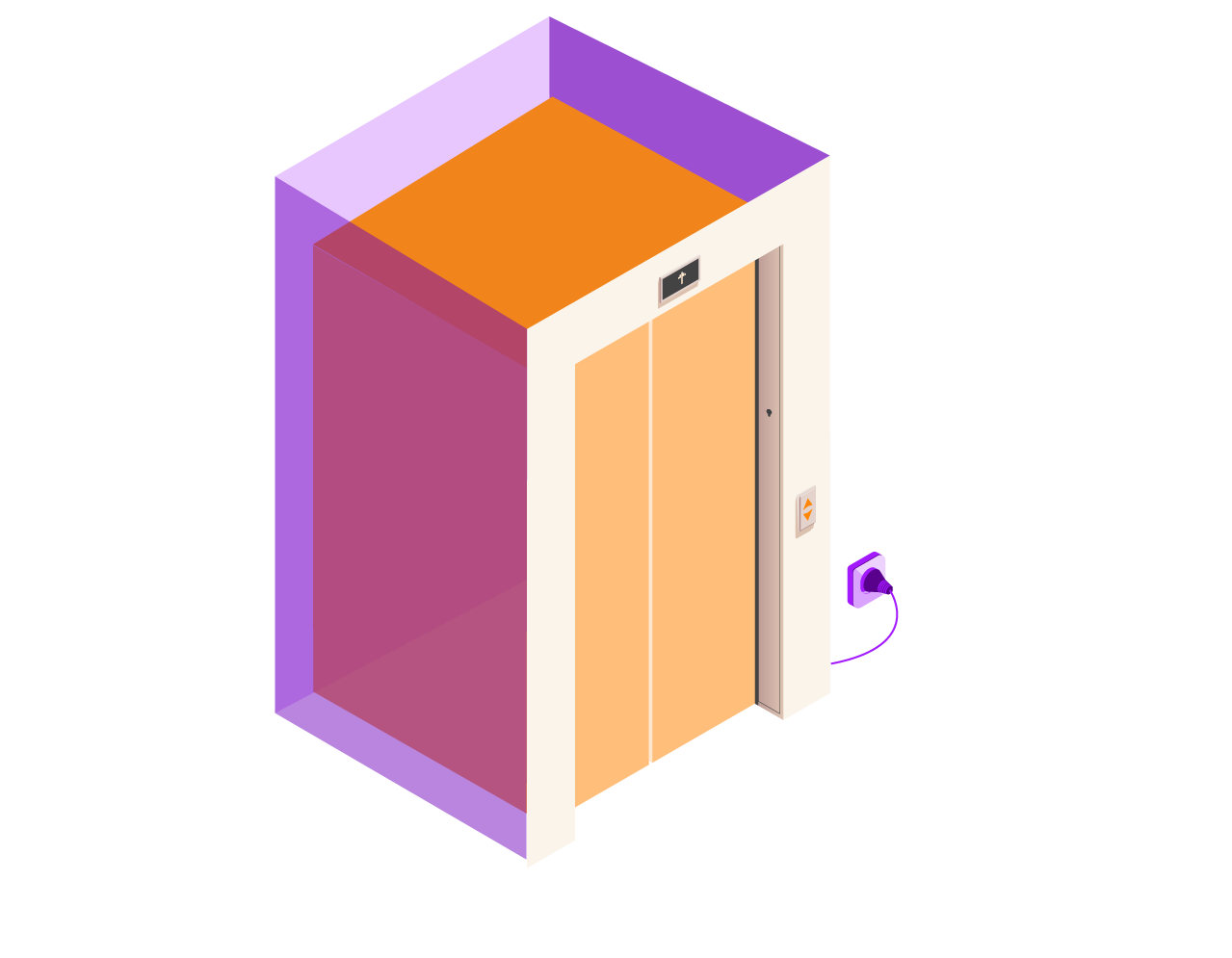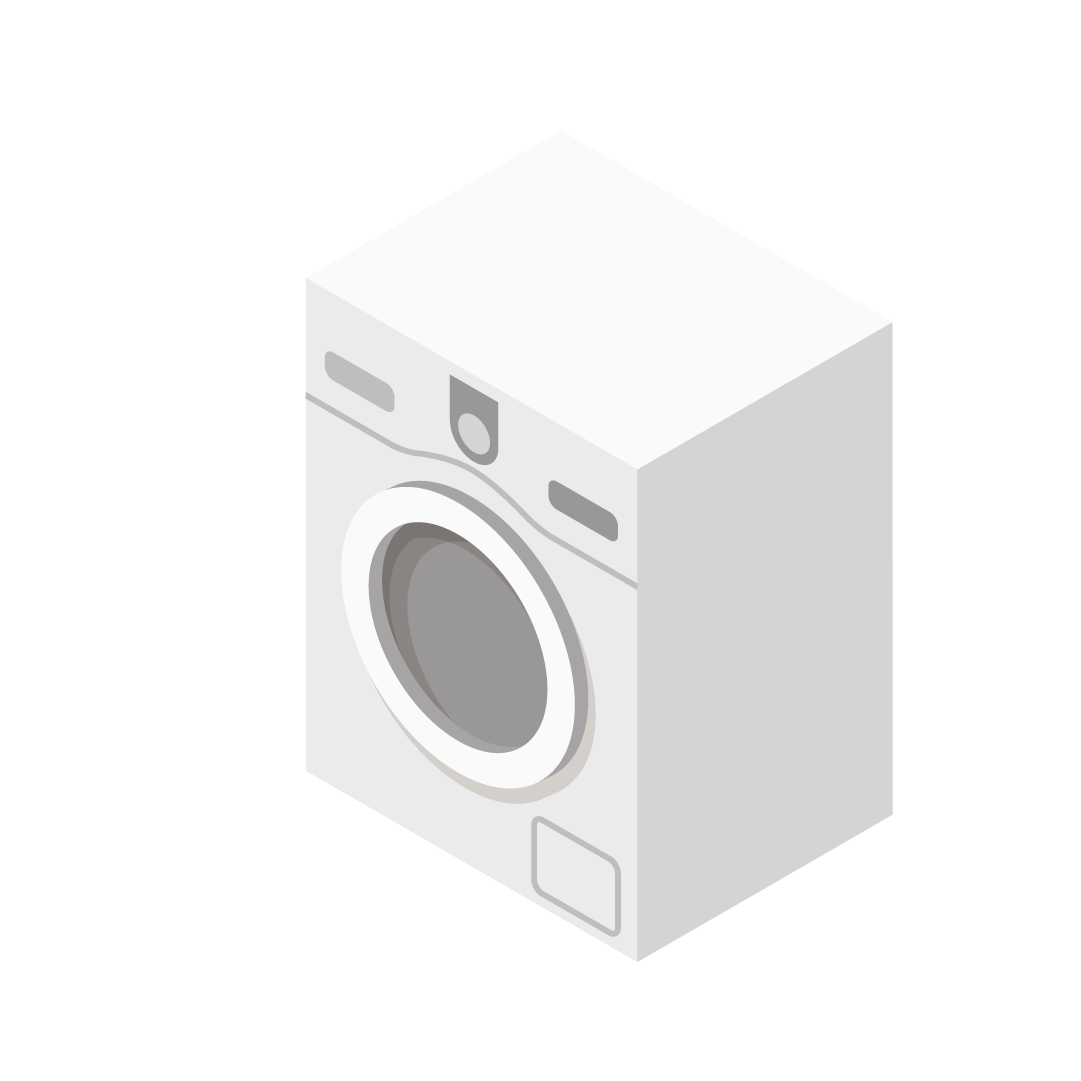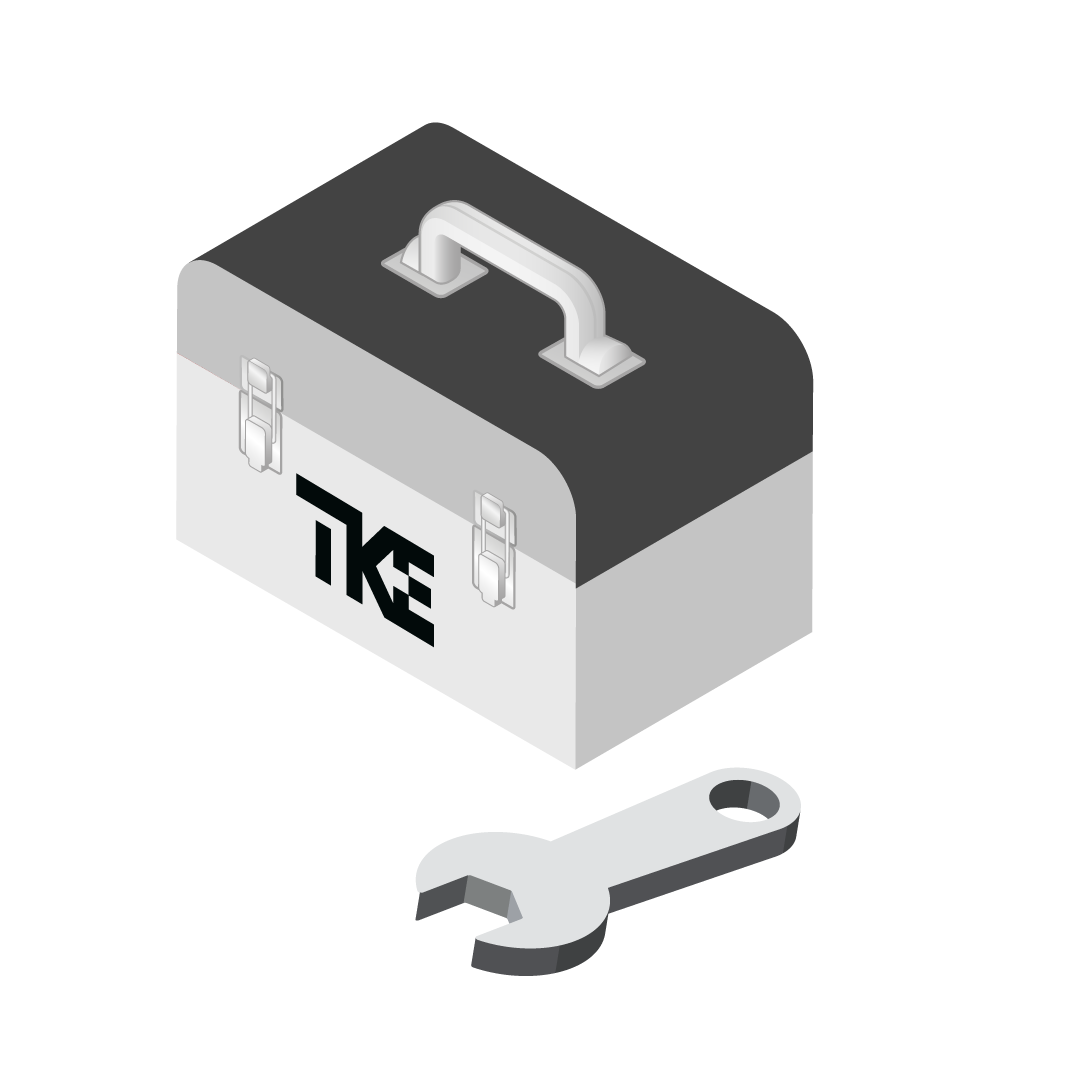Traditionally, elevators use a three-phase 400 volt power supply. However, if that’s not available in your building or too far away from the spot where your new lift should go, EOX Renew awaits with an option that makes things work either way – by going with the standard, omnipresent 230 volts. Instead of requiring a costly upgrade to your building’s electrical system, EOX Renew offers plug & play simplicity.
EOX Renew with 230V single-phase power supply

Plug & play simplicity
EOX Renew with single-phase power is a cost-effective, fast, and straightforward solution for building upgrades. It connects directly to the existing single-phase electrical system – just like a household appliance – eliminating the need for costly electrical overhauls.
No need to upgrade your building
Converting a building’s electrical system to three-phase power is a process that can cost between €3,000 and €30,000 depending on the building’s distance from the main distribution network. This conversion also involves lengthy timelines, utility approvals, and permits. The single-phase EOX Renew avoids all of that.
Eco-efficient and convenient solution
Unlike battery-based single-phase solutions, EOX Renew does not require bulky battery packs. There’s no need for extra space, periodic replacements, or additional upkeep. This translates into long-term savings and operational ease.
Standard model, standard support
The single-phase version of EOX Renew is not a “special edition” – it’s part of our standard product line. That means you benefit from the same spare parts, servicing, and support network as for any other EOX Renew model. It’s a proven, dependable system with no added complexity.
FAQ
If it’s so easy, why isn’t 230 volts the standard for all elevators?
Smaller elevators below a 630 kg rated load can easily be operated at 230V without encountering any performance disadvantages. For the majority of lifts, three-phase 400V power supply is generally needed to ensure optimal efficiency of the electric motor in the elevator drive. It therefore has become the industry standard.
Which components are different from a 230V EOX Renew to 400V EOX Renew?
A 230V EOX Renew does not use any special or proprietary components compared to a 400V EOX Renew. It’s using a standard frequency inverter from the EOX family (with an integrated single-phase mode) and standard TKE “Made in Germany” belt drives with adjusted winding (and stepping up to the next larger model in some configurations).
Will a 230V EOX Renew go slower?
The simple answer is: no. It’s still 1 m/s Vmax, and passengers will not notice a difference between 230V and 400V
Why does a 230V EOX Renew not need an additional battery pack like other lifts?
EOX Renew is not depending on battery packs as an intermediate power source so it remains ultra-flexible to install and easy to maintain. Battery packs require additional space and increase maintenance costs (e.g. regular inspection and replacement). The potential energy savings do not compensate these costs within the product lifecycle. |





